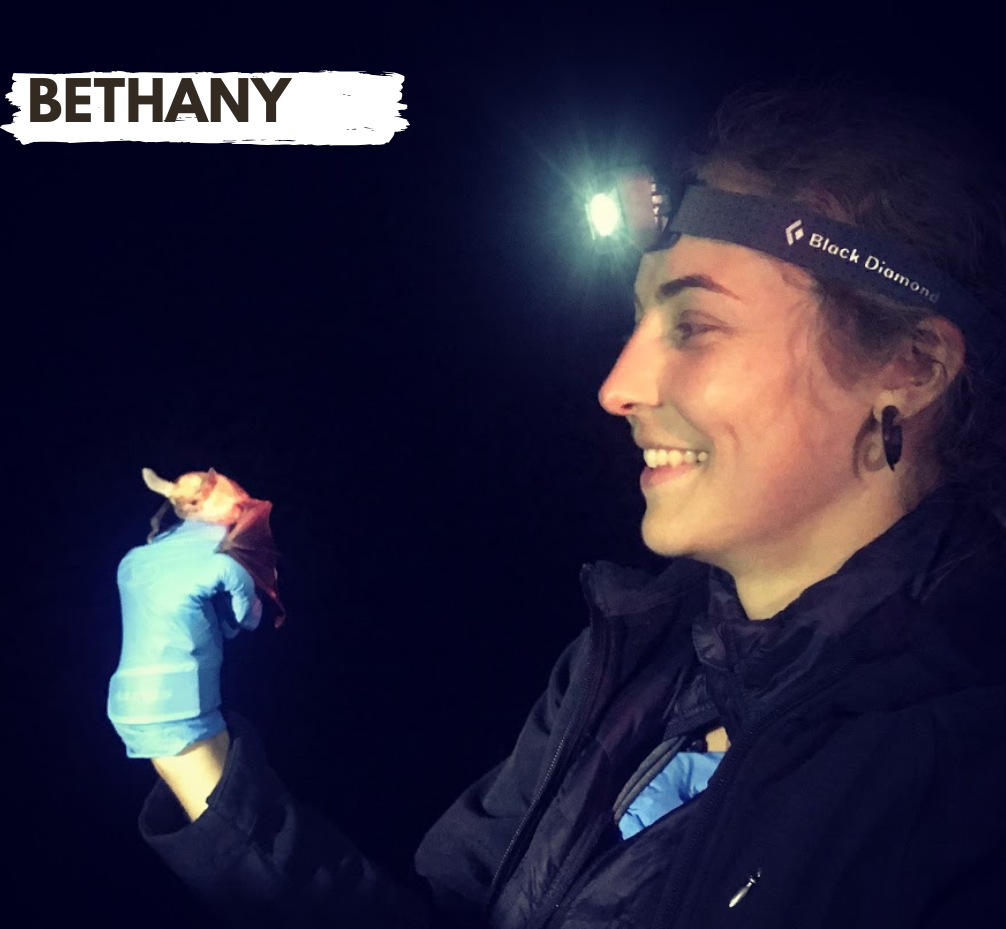Environmental Science MS
Two ENSCI Students Defend Their Thesis Projects on Microplastics and Bats


Alyssa Anzalone successfully defended her thesis research, "Effects of agricultural and urban land on microplastic concentrations in rivers," in front of her committee and a public audience on Wednesday, May 7, 2025.
Bethany Schulze successfully defended her thesis research, "Foraging associations of cryptic foliage-roosting bats across an urban gradient in central coastal California," in front of her committee and a public audience on Friday, May 9, 2025.
Learn more about their thesis projects below!
Alyssa Anzalone:
Thesis title: "Effects of agricultural and urban land on microplastic concentrations in rivers"
Faculty advisor: Dr. John Olson
Abstract: Microplastics pollute natural spaces and can impact the health of wildlife and people. Most researchers focus on marine microplastics, but rivers are of equal importance because they are how most plastics reach the ocean. We sampled for microplastics in 12 urban or agriculturally dominant rivers that drain into the Monterey Bay to determine their concentrations over the dry and rainy seasons. We did not observe significant differences in microplastic concentrations between agricultural and urban rivers. Our results support the application of the Statewide Microplastics Strategy to both agricultural and urban rivers.
Bethany Schulze:
Thesis title: "Foraging habitat associations of cryptic foliage-roosting bats across an urban gradient in central coastal California"
Faculty advisor: Dr. Fred Watson
Abstract: Hoary bats and western red bats are foliage-roosting species which may be sensitive to migration/winter habitat loss due to urban expansion and may serve as good bioindicators of ecosystem health and function. We aimed to determine habitat use for foraging activity across an urban-natural habitat gradient for hoary and western red bats during fall and spring migration, winter, and to determine if there is seasonal sexual differentiation in habitat use. We captured bats at 16 sites in urban and natural habitats using mist nets and recorded feeding buzzes using acoustic bat detectors at 40 sites positioned along eight different urban-natural habitat gradients. We modeled foraging activity using a Bayesian hierarchical framework and found there was strong evidence hoary bats and western red bats will forage in shrub/grassland habitat at small scales (0 – 0.5 km) surrounded by substantial forested areas between 1.5 to 3 km. These findings provide support for the conservation of larger natural habitat spaces and may reflect species’ sensitivities to human-impacted environments.
Congratulations on this incredible achievement, Alyssa and Bethany!